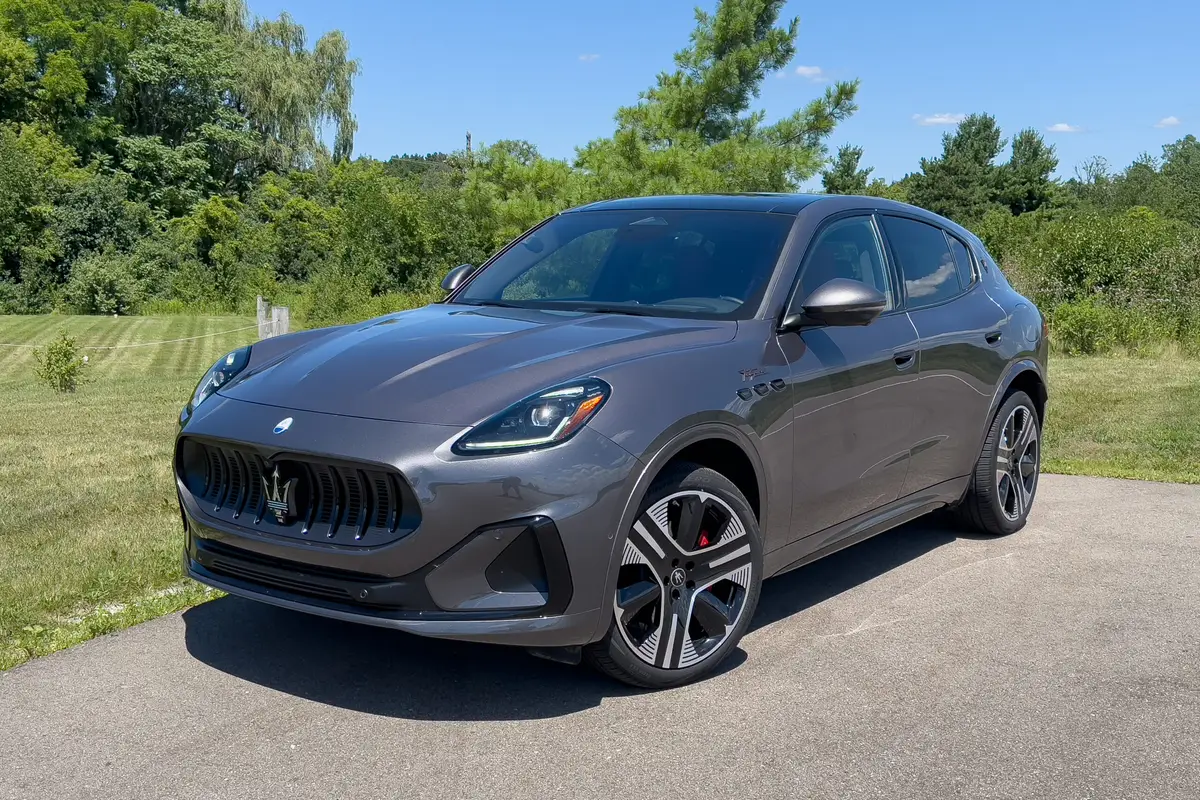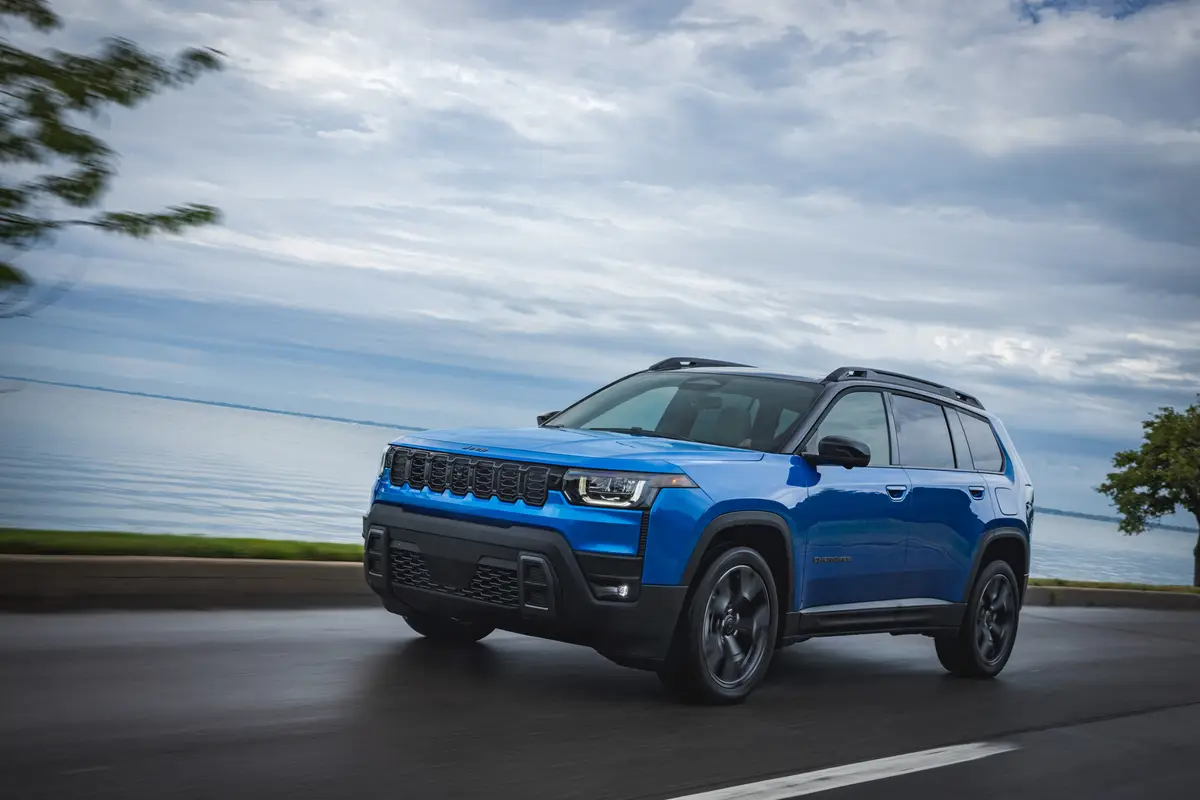Cars.com Finds Price a Hurdle for Green Cars


CARS.COM — On the eve of Earth Day, Cars.com data shows that greener driving comes at a price that will test your green commitment. Shoppers must be willing to pay substantially more money for almost all lower- or zero-emission vehicles versus comparable gasoline machines from the same brand, with the average sales price higher by $5,989, or 22 percent.
Related: Cars.com Earth Day Data Finds Eco-Cars Struggling
Complicating the cost equation for cost-minded buyers is that benefits that offset the higher purchase prices — lower fuel costs and possible tax credits for some of the vehicles — aren’t collected until down the road: the next year for the tax credits and over the life of the vehicle with fuel savings. That’s a big hurdle for many family budgets and a possible explanation for why adoption of such vehicles has tended to be greater for households with higher incomes.
Lower and relatively stable gasoline prices certainly are a factor in the cost-benefit equation, but our results indicate that battery electric vehicles in particular will need to be more price-competitive against gasoline cars to become mainstream. A Volkswagen e-Golf, for example, currently starts at $29,815 with destination and before any tax credits, but also before any costs for home charging capability. Meanwhile, if you are looking for a new car with the lowest payment off the lot, a conventional Golf with an automatic transmission starts at $21,815 with destination.
The Price Premiums
The actual premiums vary widely based on the type of green car. Cars.com found the price premium lowest for non-plug-in hybrids and for high-priced luxury vehicles in general. They are substantially higher for plug-in vehicles and vehicles from mainstream brands.
Here is what we found for average price premiums by market category and vehicle type for new hybrid and electric vehicles versus a similar gas-engine vehicle from the same brand:
Overall: $5,989, or 22 percent price premium
Luxury brands: $2,076, or 4 percent
Non-luxury brands: $5,307, or 21 percent
Hybrids: $3,075, or 11 percent
Plug-in hybrids: $12,856, or 42 percent
Fully electric vehicles: $15,456, or 77 percent
How we calculated the prices: Cars.com looked at dealer-advertised prices on the site for all model-year 2016 and 2017 new vehicles sold, not including any federal or state tax credits. (Regular hybrids do not get a credit; plug-in vehicle credits can vary by vehicle and by the buyer’s individual tax situation.) We then isolated the hybrid and electric vehicles, and assigned them a gas-engine-powered equivalent. For example, the Ford Fusion Energi hybrid counterpart is a conventional Ford Fusion, while the Toyota Prius, which doesn’t have a direct gas-only counterpart, was assigned a Toyota Corolla. The averages are sales-weighted to reflect real-world averages in purchases made.
A high volume of leasing for plug-in hybrid and electric cars is credited in part to shopper caution about new technology, but it’s also a way of getting any potential tax credit up front. The leasing company gets the credit and can pass it to the buyer in the form of lower lease payments. Leasing also offers some protection from the risk of what currently are greater depreciation rates for the high-tech cars compared to conventional cars.

Former D.C. Bureau Chief Fred Meier, who lives every day with Washington gridlock, has an un-American love of small wagons and hatchbacks.
Featured stories




